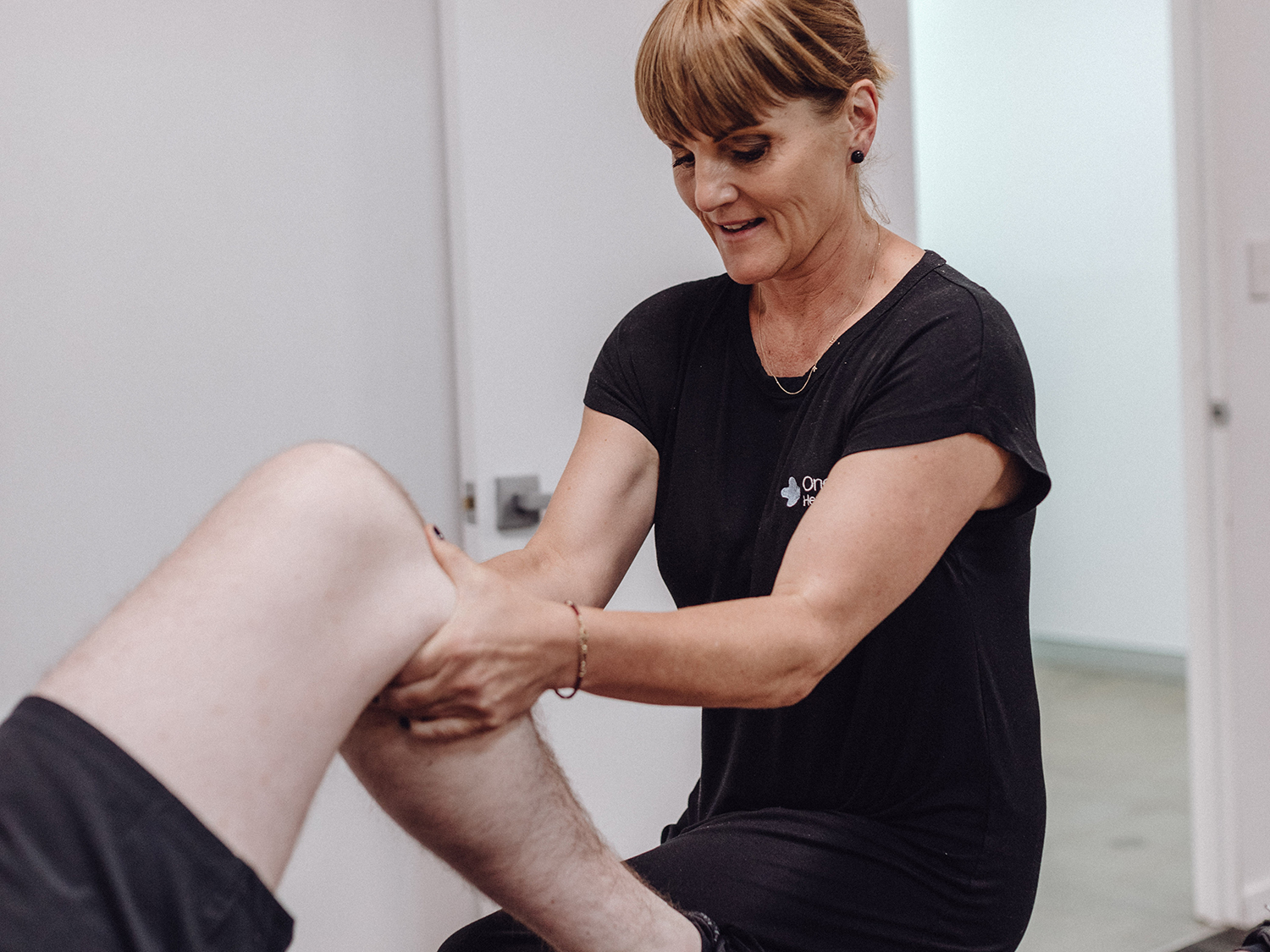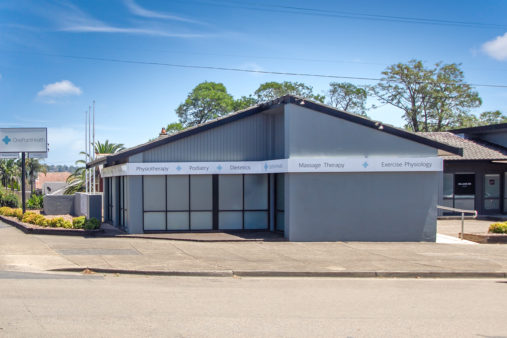Assessing gait, releasing calf tightness, correcting imbalances, and gradually building load tolerance, physiotherapists employ multiple techniques to resolve shin splints and get patients back to their sports pain-free.
What are shin splints?
Shin splints refer to pain that develops along the shin bone, typically caused by repetitive stress or overuse. If you feel aching or tenderness along the inner edge of your shin when walking, running, or exercising, you may be developing shin splints. The pain often starts gradually but can worsen over time. Shin splints are often associated with running, but other activities can also lead to irritation and inflammation of the muscles, tendons, and bone tissue in this area.
Causes and Risk Factors:
Several factors can contribute to developing shin splints in athletes and active individuals:
- Biomechanical imbalances like overpronation or flat foot placing extra stress on the shins
- Training errors such as rapidly increasing your distances or intensity
- Tight calf muscles that place excessive strain on shin muscles
- Running on hard or uneven surfaces
- Worn out or inadequate footwear that doesn’t provide proper support
- Anatomical factors like flat feet or knocked knees
- Poor mobility or weakness in the hips or ankles
The most common cause of shin splints is a large increase in load and volume without giving your body time to adapt to new demands. However, underlying biomechanical issues, muscle imbalances, and poor equipment can also increase your risk.
Symptoms of shin splints
The most common symptom of shin splints is pain along the inner edge of the shin bone that starts gradually and worsens with continued activity. You may feel aching or tenderness when you press on the shin area. The pain typically begins at the beginning of a workout when you first start exercising. Other symptoms can include:
- Swelling or inflammation along the shin
- Pain that persists even after stopping the aggravating activity
- Possible slight bruising of the lower leg
If you notice pain in your shins that limits your normal training and doesn’t improve with rest, you may be developing shin splints.
When to See a Physiotherapist
You should consider consulting a physiotherapist for shin splints if:
- The pain and soreness persists for more than 2-3 weeks despite rest, icing, and over-the-counter anti-inflammatories
- You have to stop or limit exercises due to ongoing shin pain
- You want to identify any biomechanical causes like overpronation or weakness
- You need help creating an appropriate return-to-activity program
- You have a history of recurrent shin splints
Seeing a physiotherapist can help determine the underlying cause, provide personalised treatment, and get you back to activity safely.
Treatment for shin splints
Physiotherapists have many techniques to treat shin splints including:
- Gait analysis to assess biomechanics and imbalances. Custom orthotics or shoe recommendations can help correct overpronation.
- Soft tissue massage and trigger point therapy to release tight muscles along the shin and calf.
- Joint mobilisation to improve ankle and foot mobility.
- Stretching and strengthening exercises to increase mobility, balance, muscle strength, and stabilise the ankle.
- Extracorporeal Shockwave, or other modalities to reduce pain and inflammation.
- A gradual return to activity program to allow tissues to adapt without overstressing them. This may involve cross-training and activity modification at first.
With this comprehensive approach, physiotherapists can identify the root cause in each patient and provide individualised, hands-on treatment while also giving home exercises and activity guidelines optimised for you. Ongoing reassessment ensures you progress safely back to regular training.
Get Back to What You Love with Physiotherapy
If shin splints are keeping you from your favourite activities, don’t wait – get assessed by a physiotherapist today. They can evaluate your condition, pinpoint the source, and provide hands-on treatment tailored specifically for you. With techniques like joint mobilisation, soft tissue release, therapeutic exercises, and activity modification guidance, physiotherapists create comprehensive treatment plans to get you back on track safely and effectively. Regain your strength, mobility, and confidence with the help of a physiotherapy professional.
Don’t let shin splints sideline you – take control of your recovery. Call or book online now to start resolving your shin splints and return to the activities you love pain-free.











